In the last decade, the Software as a Service (SaaS) industry has experienced unprecedented growth. With this expansion, subscription-based models have become the norm, offering paying customers flexible options and providing SaaS companies with predictable revenue streams—a crucial metric for scaling businesses in this sector.
However, with recurring billing models come unique challenges, particularly when payments fall through. In this post, we’ll explore why SaaS companies require customized debt recovery solutions to safeguard revenue and maintain customer relationships, and how tailored approaches provide better outcomes.
Understanding the Complexities of SaaS Billing Models
SaaS companies employ various billing models, each with its own set of advantages and potential issues:
- Flat-Rate Subscription: Simple to understand but may not fit all customer needs.
- Usage-Based Billing: Aligns with customer value but can lead to unpredictable revenue.
- Tiered Pricing: Offers flexibility but may cause customer friction when approaching tier limits.
- Per-User or Per-Feature Pricing: Scalable but can be complex to manage.
- Freemium Model: Great for user acquisition but can struggle with conversion rates.
- Custom Enterprise Pricing: Tailored to large clients but resource-intensive to manage.
Let’s take a look at Microsoft Teams, as an example. Their per-user pricing model scales well with growing organizations but can pose challenges during downsizing or when managing costs across large enterprises. In contrast, Zoom's freemium model has been effective in user acquisition, with the company reporting 300 million daily meeting participants in April 2020 during the pandemic surge. However, as of January 2022, only about 509,800 customers had more than 10 employees, highlighting the ongoing challenge of converting free users to paid plans in the SaaS industry.
The diversity of these models highlights the increased complexities SaaS companies face and their reliance on recurring revenue to drive business outcomes.
Why Traditional Debt Recovery Solutions Don't Work for SaaS
A "one-size-fits-all" debt recovery approach simply doesn't align with SaaS business models. Traditional collection processes often lack the agility and understanding needed for managing ongoing customer relationships. They're inflexible when it comes to handling recurring billing cycles and subscription renewals.
In the SaaS world, preserving customer relationships is crucial. Clients may reactivate or upgrade their subscriptions after resolving payment issues, making it essential to maintain a positive rapport throughout the debt recovery process.
Key Features of a Tailored Debt Recovery Strategy for SaaS Companies
A customized SaaS debt recovery solution should include:
Automated Recovery Processes
Implementing automated recovery attempts at critical points in the billing cycle, such as immediately after a failed payment, can significantly increase the likelihood of successful collections.
Multi-Channel Communications
Utilizing a mix of emails, SMS, app push notifications, and personalized reminders keeps the customer engaged without compromising their experience.
Subscription Renewal Awareness
Aligning debt recovery strategies with subscription cycles ensures customers remain subscribed post-collection.
Strategic Collections Approach
Maintaining a customer-centric focus preserves future upsell and cross-sell opportunities.
Localized Expertise
Understanding regional legalities, currency differences, and international billing complexities is crucial for global SaaS companies.
Benefits of Custom Debt Recovery Solutions for SaaS Companies
By adopting a tailored approach to debt recovery, SaaS companies can expect:
- Increased Recovery Rates: Targeted solutions address specific pain points in the billing cycle, optimizing cash recovery.
- Improved Customer Retention: Focusing on retaining customers during the recovery process rather than alienating them with harsh tactics.
- Better Cash Flow Management: Ensuring more predictable and sustained revenue through consistent debt recovery strategies.
- Scalability: As SaaS companies grow, their debt recovery solution must scale with them, emphasizing the importance of flexibility.
Next Steps for Your SaaS Business
SaaS businesses facing recurring billing challenges require a customized debt recovery approach. This tailored strategy not only supports overall business growth but also maintains the delicate balance between recovering funds and preserving valuable customer relationships.
NSB specializes in debt recovery for SaaS companies, bringing expertise that has helped numerous technology and software businesses. Our technology-driven approach, personalized customer interactions, and flexible strategies protect ongoing relationships while maximizing recovery rates.

